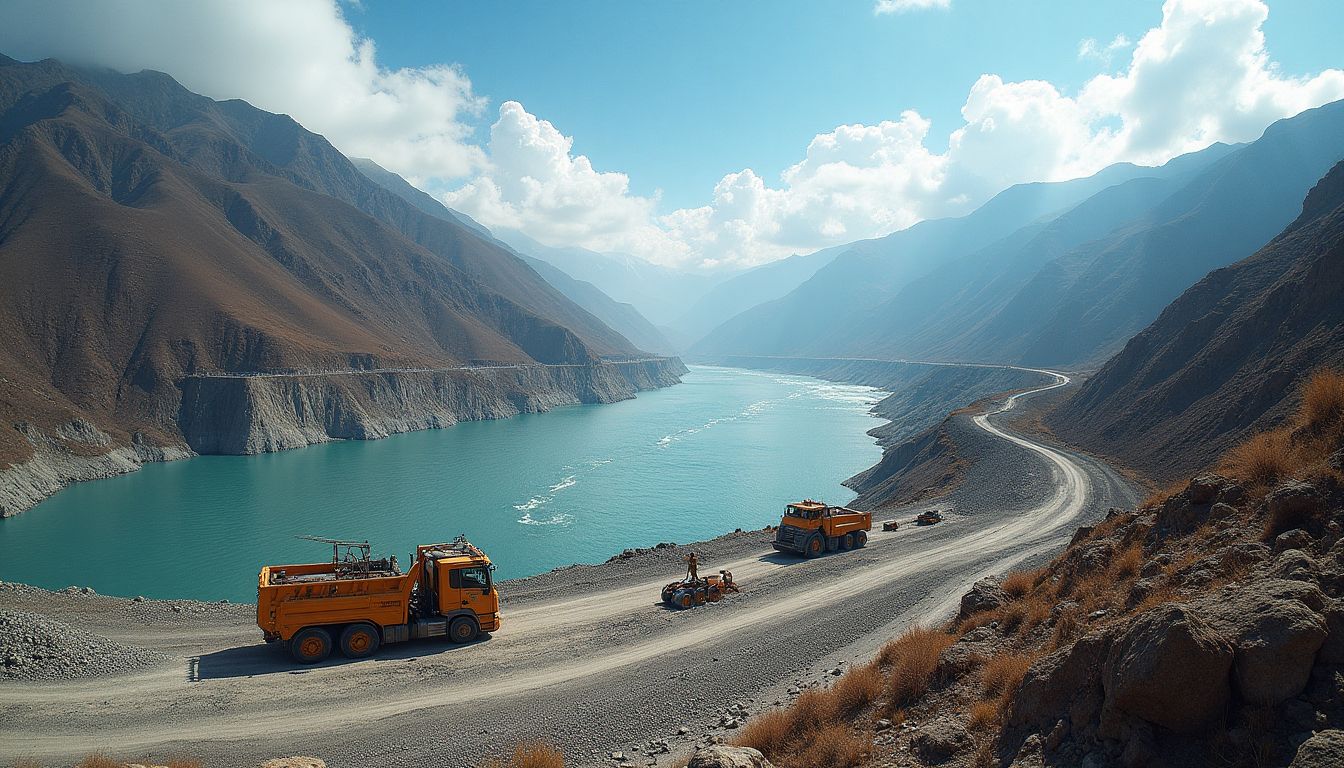Table of Contents
The construction of the Yarlung Tsangpo dam in the remote and geopolitically sensitive region of Medog is igniting conversations about its potential environmental and political consequences. Positioned near the disputed border with India, this project isn’t just an engineering marvel; it’s a crucial piece in China’s larger strategy aimed at boosting regional development and security. But what does this mean for the environment and local communities? Let’s dive into the implications of this dam and uncover the delicate balance between ecological health and political dynamics in the area.
Why Medog Matters: A Closer Look at Its Strategic Importance
Medog, or Motuo as it’s known in Chinese, is a fascinating border county tucked away in the southeastern part of the Tibet Autonomous Region. Nestled against the breathtaking backdrop of the Himalayas, this area boasts stunning landscapes and a sparse population. Yet, don’t let its remoteness fool you; Medog holds significant strategic importance. It has been a hotspot for geopolitical tensions, especially due to its proximity to contentious borders with India.
At the heart of this region lies the Yarlung Tsangpo River, known as the Brahmaputra in India. This river isn’t just a vital water source; it’s also a key player in the geopolitical tug-of-war between China and its neighbors. The construction of the dam is occurring amid rising competition over water resources, which could escalate tensions in the area. This is why it’s crucial to consider the environmental impact and the potential for political friction that may arise from this development. What could this mean for the communities that rely on this river?
Environmental Implications: What’s at Stake?
One major concern surrounding the Yarlung Tsangpo dam is its potential environmental impact. Large-scale infrastructure projects like this can disrupt local ecosystems and alter water flow, resulting in cascading effects on biodiversity and agriculture downstream. The Himalayas are home to a unique array of flora and fauna, and any disruptions to their natural habitat could spell trouble for these species. Can we afford to jeopardize such precious biodiversity?
Additionally, the dam’s construction may lead to sedimentation issues that threaten water quality and availability, posing risks to local communities that depend on these resources for their livelihoods. The region’s delicate ecological balance could be further compromised by the increased human activity and infrastructure development the dam brings. As we consider these environmental ramifications, shouldn’t we prioritize sustainable practices and environmental assessments to safeguard the region’s natural heritage?
The Political Landscape: Navigating Future Challenges
The Yarlung Tsangpo dam represents China’s ambitions to reinforce its presence in the region. It’s not just an energy source; this dam aims to meet domestic energy demands while acting as a strategic asset in Beijing’s efforts to develop the Tibetan borderlands. This project could enhance China’s border security initiatives and amplify its influence in the area. But at what cost?
However, the geopolitical implications reach far beyond energy production. The dam’s construction could intensify existing tensions with India, especially around water rights and resource allocation. Given the complexities of international relations in this region, isn’t it essential to engage in diplomatic discussions to prevent conflict and encourage cooperation?
As we look ahead, the future of the Yarlung Tsangpo dam and its ramifications for the region remain uncertain. With environmental and political dynamics continually evolving, staying vigilant and monitoring developments will be vital. Stakeholders must engage in open discussions to address concerns and seek collaborative solutions that prioritize both environmental sustainability and regional stability. How can we work together to ensure a balanced approach to development in such a critical area?


